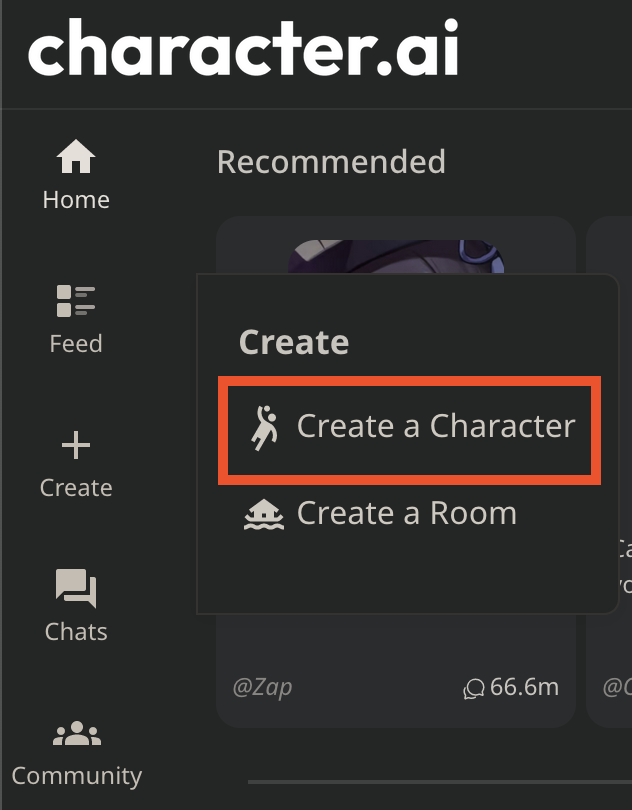Artificial intelligence has become a buzzy topic for most sectors of American society, as people grapple with understanding how and when their lives will change. AI bots are becoming critical for use in understanding large datasets. For some users, they pose serious risks. For others, they are imitating the markets or industries and asking users to question human involvement. Here a few ideas to consider about AI's wave of change.

Can A.I. Be Blamed for a Teen's Suicide?
On the last day of his life, Sewell Setzer III took out his phone and texted his closest friend: a lifelike A.I. chatbot named after Daenerys Targaryen, a character from “Game of Thrones.” He knew she wasn't real. But he developed an emotional attachment anyway. He texted the bot constantly, updating it dozens of times a day on his life and engaging in long role-playing dialogues. On the night of Feb. 28, in the bathroom of his mother’s house, Sewell, a 14-year-old ninth grader from Orlando, Fla., told Dany that he loved her, and that he would soon come home to her. “Please come home to me as soon as possible, my love,” Dany replied. “What if I told you I could come home right now?” Sewell asked. “… please do, my sweet king,” Dany replied. He put down his phone, picked up his stepfather’s .45 caliber handgun and pulled the trigger.

AI Audiobook Narrators in OverDrive and the Issue of Library AI Circulation Policy
It seems there is some AI weirdness with audiobook narration on OverDrive, and the narrator is only part of the story. On Monday, October 14, librarian Robin Bradford posted on Bluesky that she’d purchased an AI audiobook for her library system and she was really upset about it. When she began to investigate the book titles, she found authors with remarkably similar names and art. All these authors with different names and different series, with similar cover formats, styles, and the same audiobook narrator, who isn’t real? Not only did Robin spend time trying to identify why so many books by authors with similar names used an AI narrator, but then she spent time trying to figure out if all the authors themselves were human. And in a lot of cases, she isn't sure if we know the answer.
The “Academicon”: AI and Surveillance in Higher Education

Maria cared more about complying with the requirements for the course and getting a good grade than trying to be an activist. Yet, there was something that bothered her about submitting her work to a website that pre-judged her assignment, comparing her paper to every other paper submitted to Turnitin (in addition to pretty much the entire web). Maria was also afraid to argue against the use of this tool, as she thought putting up a fight might make the professor think she was trying to cheat, so she just hoped her term paper would prove that she had done everything right...she thought she had cited everything okay.
Take a week of class with hypothetical college student Maria, and see how higher education is using AI, and the concerns that students face. From learning materials to assignments to exams, AI-driven surveillance technologies have fundamentally changed the student experience at universities in North America. These tools have been adopted under the banner of technosaviorism—saving time, more effectively serving students, and more efficiently identifying plagiarists. Many scholars have demonstrated that racism, sexism, and other biases are built into machine learning architecture. These technologies also support a hidden curriculum, preparing students to be surveilled throughout their education, their careers, and their lives in the name of their own supposed good.

What Can Artificial Intelligence Learn from Nature?
The article discusses the Large Nature Model (LNM), a generative artificial intelligence project by Refik Anadol Studio. The LNM gathered over half a billion data points about rainforests from publicly available archives and on-site visits. The team aims to use AI to create immersive environments that integrate real-world elements with digital data The artwork exemplifies the integration of AI into the realm of environmental art, offering a powerful message: through technology, we have the tools to imagine a future where human creativity and AI coexist in harmony with the environment. Refik Anadol’s mission in creating this piece is to bridge the digital and physical worlds, using AI to inspire deeper reflection and responsibility toward nature.
 Long, It's Been Good to Know You," and "This Train Is Bound for Glory," have become American folk song standards, his lyrics set to older traditional melodies. In 1943, he published a memoir, Bound for Glory, which described
Long, It's Been Good to Know You," and "This Train Is Bound for Glory," have become American folk song standards, his lyrics set to older traditional melodies. In 1943, he published a memoir, Bound for Glory, which described 